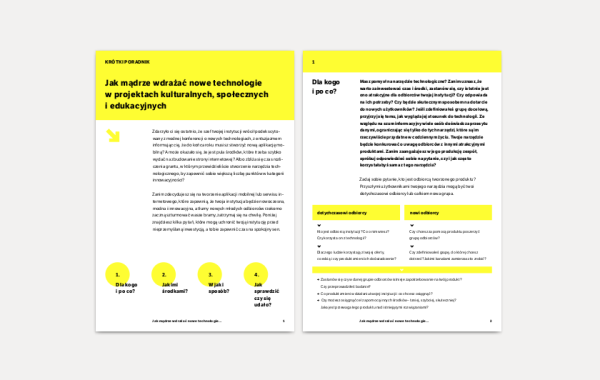This book discusses the basic rules for the implementation of data-driven projects, including stages of the design process, specific demands of working in an interdisciplinary team and methods for data acquisition, processing and visualisation.
The book is not solely targeted at “classic” urban researchers, such as sociologists, urban planners, cultural theorists, or professional programmers, analysts and designers interested in data processing and visualisation. Instead of focusing on specific research topics or solving specific design problems, we go for a holistic representation of the design process and the potential of interdisciplinary projects involving experts from various fields to explore those uncharted aspects of the city and build an attractive narrative that goes beyond the rigid framework of academic milieus, professions and research disciplines, all in order to engage the most important urban actors i.e. the residents.
This volume was created for those people who, regardless of their profession and experience, are contemplating projects using data about the city. It contains a synthetic account of the basic principles for the implementation of such projects, including data acquisition, processing and visualisation methods, stages of the design process, as well as the nature of work in an interdisciplinary team.
The first article is an overview of the most important issues related to the implementation of data-driven projects. It contains a synthetic description of our reflections regarding projects delivered by Medialab. In most cases, these include universal problems which have long been bothering curators and designers, but are hardly ever addressed as part of popular data visualisation courses. The following articles discuss research methods using large data set analysis, different ways of using data in city-related activities, and the smart city model together with its community-based alternatives.
The second part consists of articles written specially for this publication and including considerations on data journalism, speculation in urban design, and urban typography. These, while not devoid of theoretical aspects of working with data, are based largely on experience gained from projects delivered in Katowice. The remaining pages of this book contain documentation of selected Medialab workshops and workgroup meetings, including several detailed project accounts as well as brief descriptions of Medialab’s festivals, conferences and fringe events.
This book is not a guide or tutorial, nor does it provide a step-by-step instruction on how to implement your own project. What it does, however, is try to answer some practical questions. First and foremost, we discuss the potential benefits of this kind of activity, as well as potential difficulties and challenges to tackle while using the above methods to pursue one’s own projects. We also try to provide the general principles of working with data and show how to use it in interdisciplinary (and often experimental) projects that go beyond the domain of specialists and the traditionally defined boundaries of research disciplines involved in the city.
Download: Data-Driven Methods for City Research and Exploration (pdf, 11.5MB)

